|
As most of you know by now, I drink white and red wines all year long. My palate and mood dictate what I drink, not the seasons. However, with the warmer weather finally here, the lighter wines tend to take preference, but not always! Sipping Pinot Grigio is a treat that is savored throughout every season in my home. To quote me from an article written in 2022, “Many, many years ago, when my taste buds started developing a fine appreciation for wine, Pinot Grigio was not high on my list of enjoyable wines. I felt it lacked personality. It wasn’t until several later that I tasted Pinot Grigio from the northeastern region of Italy for the first time and had an “aha” moment. So this was how Pinot Grigio was supposed to taste! I was hooked!” Pinot Grigio, aka Pinot Gris, is a white wine grape that thrives in a cool climate. The color of the skin ranges from dark purple to pink to grayish. (grigio means gray in Italian.) It is a dry, easy-drinking wine that is clean, fresh, and aromatic. Flavors range from zesty and straightforward to complex. Typical flavor profiles of this wine include but are not limited to floral notes, green apple, lime, lemon, white stone fruit, pear, honeysuckle, bitter almond, bright acidity, and minerality. Due to Pinot Grigio’s racy acidity, it’s a versatile companion to a variety of dishes. From seafood, especially oily fish, to shellfish, white meat, light pasta, salads, and vegetable risotto, it pairs beautifully. Or, enjoy it as an aperitif! I was recently offered a few Pinot Grigio samples to review, to which I replied, “Yes, please!” So, let’s dive in! Trentino Ventessa Pinot Grigio Vigneti delle Dolomiti IGT 2023 This wine is produced by Mezzacorona, located in Trentino in the Italian Alps. The winery, surrounded by the Adige River, has been crafting estate-grown wines since 1904. Ventessa is made without chemical alteration. After the grapes are hand-harvested, they are immediately crushed and undergo a very short cold maceration in the press. The grapes are then softly pressed. The musts are then fermented for eight days. The wines are kept on the yeasts in steel tanks and are naturally low in calories and alcohol. Nose: White flowers, peach, and melon. Palate: White stone fruit, honeydew melon, citrus, and a touch of minerality balanced with crisp acidity. A light and refreshing sip! Alcohol: 9% SRP: $10.99 Pairing suggestions: Enjoy as an aperitif, or Mezzacorona suggests pairing with delicate finger foods, shellfish, medium-mature cheeses, and baked & fried fish dishes. Veneto Pasqua Black Label Pinot Grigio delle Venezie DOC 2023 My “love affair” with Pasqua Wines continues with this Pinot Grigio. Their expressive and memorable wines always please my palate. This family-run business was founded in 1925 and is located in Verona. It is led by third-generation Pasqua brothers Riccardo and Alessandro. The company has complete control over approximately 741 acres of vineyards (1/3 is estate-owned), stretching from Lake Garda to Soave. After the grapes are harvested, fermentation takes place in steel tanks. 30% of the wine ends alcoholic fermentation in French oak barrels and continues aging in Tonneaux of second use for about 3 months. I love the glass stopper! Nose: Beautiful floral notes with white stone fruit, pear, toast, and a trace of vanilla. Palate: Aromas segue onto the palate with nuanced notes of apricot, white peach, and tropical fruit. Toasty flavors and vanilla linger on the finish. It is complex, balanced, and very satisfying. Alcohol: 12% SRP: $14.99 Pairing suggestions: Pasqua suggests fish appetizers, shellfish, clams, fish-based first courses, white meats, and sushi. Friuli Venezia-Giulia Livio Felluga Pinot Grigio DOC 2023 Founded in 1956 by Livio Felluga, one of the most respected producers in Friuli, this 500-acre estate has 370 acres of wine vineyards in the Collio and Colli Orientali del Friuli. Livio is renowned for his dedication to reviving high-quality viticulture in Friuli. Livio’s son, Andrea Felluga, now continues the family legacy of producing wines of distinction. Grapes for this wine were hand-picked. After fermentation in steel vats, the wine was kept on the lees for a few months to increase its complexity, creamy texture, and suitability for aging. Once bottled, it matured in temperature-controlled rooms. Nose: A bouquet of white flowers, peach, pear, apricot, and lemon.
Palate: This wine dances with aromas that segue onto the palate. Minerality, crisp acidity, and a savory/salty dance add to this wine’s complexity. Lemon tarts and sweet apples linger on a long and fruity finish. Alcohol: 13.5% SRP: $35 Pairing suggestions: Livio Felluga noted that this wine pairs beautifully with fish, shellfish, risotto, and baked vegetables. Remember, Pinot Grigio is not just a summer indulgence; it’s a year-round delight. Its crisp, clean taste is a perfect match for any season, whether it’s a warm summer day or a cozy winter evening. So, next time you are offered a glass of Pinot Grigio from northeastern Italy, say, “Yes, please!” Until next time… Cheers! Penina To leave a comment or if you have an inquiry, please contact me at [email protected] As the snow falls on this wintry day, my thoughts drift to the salty scent of the ocean, sand between my toes, and a glass of rosé in hand. Although I may not be able to indulge my yearnings for the seaside right now, a glass of wine is definitely within my reach! Here are a few expressive Italian wines that should be on your radar. They just might transport you to your place of bliss! The first two wines are samples I received recently. Tenuta Ammiraglia Alìe Toscana IGT 2021 This delicious rosé is produced by Marchesi dé Frescobaldi winery, which has numerous estates located throughout Tuscany. The grapes for this blend of Syrah and Vermentino are harvested from vineyards in the heart of the Maremma, on hills bordering the nearby Tyrrhenian coast, which boasts abundant sun and sea breezes. This wine is appropriately named after the Greek sea nymph goddess, Alie. After fermentation in steel tanks, the wine is aged for three months on fine lees. Nose: Lovely floral notes, citrus, wild strawberries, herbs, and a whiff of minerality. Palate: This wine is fresh, juicy, and crisp, with aromas segueing onto the palate and balancing well with sapidity. Pink grapefruit and herbs linger on a long finish. Alcohol: 12% SRP: $20.00 Jermann Pinot Grigio Ramât 2022 Friuli DOC Jermann was founded in 1881 by Anton Jermann, who moved from his native Austria to set up roots in Friuli. Since the 1970s, his great-grandson Silvio Jermann has carried on the tradition of wine-making and taken the company to worldwide recognition. This 100% Pinot Grigio is a white wine with a slightly copper hue due to a five-hour maceration on the skins before fermentation in stainless steel. The concept is to maximize aromas, not extract color. Aging is six months on lees, also done in stainless steel. Nose: White flowers, pear, apricot, apple, lemon zest, herbs Palate: Aromas spill onto the palate with fresh and vibrant notes. Sapidity and peaches linger on the finish. Alcohol: 13% SRP: $39.99 Pasqua “11 Minutes” Rosé Trevenezie IGT 2023 When I think of Italian rosé, this particular wine never disappoints. I always have a bottle of “11 Minutes” chilling in my refrigerator. And this is not my first review of it! This family-run business was founded in 1925. It is located in Verona, Italy, and is led by third-generation Pasqua brothers Riccardo and Alessandro. The company has complete control over approximately 741 acres of vineyards (1/3 is estate-owned), stretching from Lake Garda to Soave. “11 Minutes” is a unique blend of sustainably grown grapes sourced from Lake Garda. The blend is 50% Corvina, 25% Trebbiano di Lugana, 15% Syrah, and 10% Carménère. It is called “11 Minutes” because after the harvest, the grapes are gently pressed, and with only 11 minutes of skin contact, the most noteworthy qualities of the grapes are extracted, and the color is obtained. The bottle is an unusual and eye-catching oval shape, with an alluring photo of Lesbia seen through the front label. Nose: Tantalizing floral notes, red berries, citrus, and a hint of herbs.
Palate: This is a fresh and inviting rosé with wild strawberries, spice, vibrant acidity, and a touch of pink grapefruit on the finish. Alcohol: 12.5% SRP: $18.99 Pairing suggestions for the above wines: Enjoy as an aperitif or serve with grilled fish, seafood, risotto, or salads. The whimsical cookies in the photos were made by Bedford Village Pastry, located in the heart of Bedford Village, NY. Next time you are in the area, check out their tantalizing and creative desserts. Until next time… Cheers! Penina To leave a comment or if you have an inquiry, please contact me at [email protected] Fourth of July has come and gone, and the fireworks and sparklers have been put away. However, the sparkles, as in sparkling wine, continue at my house with corks popping and bubbles flowing! I never need an occasion to pour sparkling wine, and as I’m sure you all know by now, I love celebrating “just because” moments. Don’t you? I have a wonderful lineup of delicious Italian sparkling wines, specifically Prosecco, that will tickle your palate and won’t put a dent in your bank account. Before we get to the reviews, let’s take a quick trip to Italy. Prosecco is a sparkling wine produced in the Veneto region of the northeastern part of Italy and is made primarily with Glera, a white grape variety. Here is a brief overview of the production area. Sparkling wines labeled Prosecco DOC (Denominazione d’Origins Controllata) come from nine provinces between Veneto and Friuli-Venezia Giulia. What is considered to be the best quality Prosecco comes from the Treviso province, especially the area between Valdobbiadene and Conegliano, a hilly area that is the home of Prosecco Conegliano Valdobbiadene Superiore DOCG (Denominazione d’Origins Controllata e Garantita) There are three communes in the Prosecco DOCG: Conegliano, Valdobbiadene, and Asolo, located about 26 miles north of the Treviso airport. Asolo, a smaller town known as the “City of 100 Horizons” because of its spectacular panoramic views, is also included in the Prosecco DOCG and called Asolo Prosecco Superiore DOCG. Conegliano Valdobbiadene and Asolo have ancient origins of vine growing dating back to the Roman Empire, but the first written documentation connecting Prosecco to this area is from 1772. The DOC was established here in 1969, and the historic production of Prosecco has been limited to 15 communes. In 2009, Conegliano Valdobbiadene Prosecco DOCG and Asolo Prosecco DOCG certification was issued. As of January 1, 2021, the Denomination di Origins Controllata consortium gave its final stamp of approval for making Prosecco Rosé, setting these wines apart from other pink sparkling wines made in Italy. The grapes for Prosecco Rosé must be sourced from a specific geographic area that has passed the Italian Government’s quality requirements. In addition, only Glera grapes (85 -90%) and Pinot Noir (10-15 %) are allowed. The DOC guidelines also require Prosecco Rosé to be fermented in stainless steel tanks for at least 60 days. Also, they must be vintage-dated and labeled Prosecco DOC. These sparkling wines range in style from very dry to slightly sweet. This area is rich in history, culture, and beauty, and the breathtaking countryside is filled with hills and rolling slopes rising up from the Piave River. From early origins, a glacier slid down from the Dolomites and came to rest in a valley that eventually became the riverbed of the Piave. The river begins in the Alps and flows into the Adriatic Sea. The local soil is attributed to this glacier and can vary depending on the slope of the hill. Some areas contain rock, sand, clay, and iron oxides. In areas unaffected by the glacier, the soils consist of marl and sandstone and are less deep and more porous. Because Conegliano Valdobbiadene and Asolo are situated between the sea and Prealps, the area experiences a mild climate with constant breezes. Vineyards have excellent sun exposure and benefit from the altitude and broad differences between day and night temperatures. The slopes, micro-climate, sun exposure, and various soils make this an ideal setting for growing Glera grapes for the production of Prosecco Superiore DOCG. Unlike the traditional method used to produce sparkling wines such as Champagne, Cava, and Franciacorta, which goes through its second fermentation in the bottle, most Prosecco is made using the Charmat-Martinotti method, where the second fermentation takes place in stainless steel tanks. Due to the Glera grape’s moderately high acidity and typical characteristics of white flowers, peach, melon, apple, and pear, it is the perfect grape for sparkling wine. So, let’s taste a few wines! Bele Casel Asolo Prosecco Superiore DOCG Vecchie Uve Extra Brut 2019 Bele Casel estate is located in the heart of Asolo, with 12 hectares of hillside vineyards in Cornuda, Maser, and Monfumo. Glera and other local varieties for this wine are sourced from Monfumo vineyards, with an average vine age of 50 years old. Secondary fermentation takes place in pressure tanks for 18 months on the lees. Nose: Delicate, fruity aromas, floral, pear, sweet apple, and herbs. Palate: Creamy and persistent bubbles lead to a fresh and vibrant wine. Aromas segue onto the palate, with pear and apple lingering for an elegant finale. This wine can be aged in the bottle for six to eight years. Alcohol: 11% SRP: $24 Giusti Asolo Prosecco Superiore DOCG Brut NV From the first vineyard, owner Ermenegildo Giusti, planted in 2002, Società Agricola Giusti-Dal Col srl has grown to 75 hectares. The estate lies in the Montello and Pieve hills in eastern Veneto, between Treviso, Venice, and Asolo. This sparkling wine is 100% Glera harvested from vineyards in the hilly area of Montello and the Asolo hills. Secondary fermentation takes place in pressure tanks. Nose: A lovely floral bouquet with tart apple and lemon. Palate: Creamy and persistent bubbles with brisk acidity, pear, apple, peach, lemon zest, and minerality. Alcohol: 11.5% SRP: $14 Montelliana “57” Asolo Prosecco Superiore DOCG Extra Dry This wine is named for the year the winery was founded, in 1957. Cantina Montelliana is located in the heart of the Marca Trevigiana, at the foot of Colli Asolani and Montello district. It is a cooperative of 400 associated vine growers that produce Prosecco DOC and DOCG. This 100% Glera sparkling wine is made using the Charmat method. Nose: Fruity bouquet with floral, apples, melon, and peach. Palate: Creamy perlage with apples, pear, white peach, white flowers, minerality, and vibrant acidity. Alcohol: 11% SRP: $ $14 Villa Sandi Villa Sandi is located in the heart of the Treviso Province at the foot of Valdobbiadene Prosecco DOCG hills. The estate boasts an extensive network of underground cellars dating back to 1622. Villa Sandi is owned by the Moretti Polegato family, purchased in 1970, and is a family-run business. They have five estates in the DOC and DOCG areas between the regions of Veneto and Friuli Venezia Giulia. Villa Sandi Il Fresco Prosecco DOC Rosé Millesimato 2021 This wine is a blend of 85% Glera and 15% Pinot Noir. Grapes are sourced from vineyards in the Veneto and Friuli Venezia Giulia regions. The wine is made using the Charmat method. Nose: Rose petals, raspberry, a hint of citrus, and pear. Palate: Fresh strawberries and cream come to mind with this delectable rosé. Creamy bubbles, red berries, floral notes, and bright acidity. Very refreshing! Alcohol: 11% SRP: $22 Villa Sandi Valdobbiadene Prosecco Superiore DOCG Extra Dry NV The grapes for this wine are sourced from the hilly countryside of Conegliano-Valdobbiadene DOCG, in the Valdobbiadene DOCG appellation. It is a blend of 85% Glera and 15% Chardonnay. Nose: Beautiful floral notes with hints of honeysuckle, white stone fruit, and apple. Palate: Aromas segue onto the palate with creamy bubbles and lively acidity. Alcohol: 11% SRP: $25 Villa Sandi Il Fresco Prosecco Biologico Organic Brut DOC NV This sparkling wine is Certified Organic by Valoritalia (a company for the certification of quality and Italian wine production S.r.l.), which means no synthetic chemicals are used in the wine growing process. It is 100% Glera and is produced using the Charmat method. Nose: Floral with a touch of edelweiss. It is fruity, with white stone fruit and melon. Palate: Fine and persistent bubbles, dry, sweet apple, white peach, and honeydew. Fresh and lively! Alcohol: 11% SRP: $22 LaMarca LaMarca was established in 1968 and is a wine-producing company representing the products of nine cooperative wineries and fourteen processing plants in the heart of the province of Treviso, specifically, LaMarca Trevigiana. LaMarca Prosecco DOC NV This wine is 100% Glera, sourced from hundreds of small villages throughout the Prosecco DOC region. It is produced using the Charmat method. Nose: Floral notes, citrus, white stone fruit, and honey. Palate: This a fresh and lovely wine with crisp notes of green apple, citrus, grapefruit, minerality, and a touch of lemon zest on the finish. Alcohol: 11% SRP: $19 LaMarca Prosecco Rosé DOC 2021 Glera and Pinot Noir (10-15%) are sourced from vineyards throughout Treviso’s hillside along the Piave River. An extended secondary fermentation for at least 60 days takes place in stainless steel tanks. Nose: Floral, red berries, white stone fruit, and a hint of herbs. Palate: Fresh and crisp, with raspberry, strawberry, cherry, citrus, white peach, minerality, and lively bubbles. Alcohol: 11% SRP: $19 Enjoy these sparkling wines as an aperitif or pair with just about anything from salty to sweet, appetizers, main courses, and desserts! Here are a few food pairing suggestions: creamy, mild, or savory cheese, apple and goat cheese salad, seafood, shellfish, charcuterie board, pizza, spicy Asian cuisine, pasta, grilled white meat dishes, roasted veggies, delicate pastries, and salted popcorn! I look forward to returning to this region soon to soak up more beauty, culture, and sparkling wine! In the meantime, I’ll pour a glass of Prosecco and let it transport me back to this magical region with every sip I take. Pure bliss! Until next time…
Cheers! Penina To leave a comment or if you have an inquiry, please contact me at [email protected] Many years ago, when my taste buds started developing a fine appreciation for wine, Pinot Grigio was not high on my list of enjoyable wines. I felt it lacked personality. It wasn’t until quite a few years later that I tasted Pinot Grigio from the northeastern area of Italy for the first time and had an “aha” moment. So this was how Pinot Grigio was supposed to taste! I was hooked! Pinot Grigio, aka Pinot Gris, is a white wine grape that thrives in a cool climate. The color of the skin ranges from dark purple to pink to grayish. (grigio means gray in Italian.) Pinot Grigio is grown throughout Italy and in other countries. However, some of the best expressions of this wine come from the finest areas in northeastern Italy, most notably the production area of Triveneto, with particular attention to Veneto, Friuli-Venezia Giulia, and Trentino-Alto Adige. The climate in the Triveneto area is conducive to growing Pinot Grigio with its micro-climates and terroirs. Surrounded by water and mountains with the Alpine arc to the north, the Adriatic Sea to the east, and Lake Garda to the west, mother nature has formed a perfect scenario for creating cooler temperatures and ventilating breezes, along with sharp fluctuations in day to night temperatures that contribute to the concentration of high acidity, complexity, and aromas in the grapes. In 2016, Pinot Grigio attained DOC status in the geographical area of Veneto, Friuli-Venezia Giulia, and Trentino for the production of Pinot Grigio Delle Venezie DOC. The DOC Delle Venezie covers almost 28 thousand hectares of vineyards, encompassing the entire northeast area of Italy, The Consorzio Delle Venezia DOC, headquartered in Verona, was established in April 2017 with the following mission: 1) Defend and protect the production of Pinot Grigio Delle Venezia DOC for the benefit of the thousands of winegrowers who have invested in the variety. 2) Protect the consumer and guarantee high-quality wine standards through a certification system and a government seal on every bottle with a traceability tool. (look for the seal on the neck of the bottle) 3) Maintain control and a shared vision of the world’s most extensive area for Pinot Grigio production, its homeland. As of July 2022, there are 6,141 winegrowers, 575 winemakers, and 371 bottlers within the DOC Delle Venezie. The Consorzio said, “85% of the Italian production of Pinot Grigio, the first in the world for volume, is produced in the Triveneto, while in turn, the Italian production of Pinot Grigio represents 43% of the world production: the DOC of the Venezie region, therefore, represents a large slice of the Pinot Grigio world supply.” Concerning exportation, 96% of bottled wine is exported to countries such as the USA (40%), the UK (27%), and Germany (10%). Pinot Grigio is a dry, easy-drinking wine that is clean, fresh, and aromatic. Flavors range from zesty and straightforward to complex. Typical flavor profiles of this wine include but are not limited to floral notes, green apple, lime, lemon, white stone fruit, pear, honeysuckle, bitter almond, bright acidity, and minerality. Here are two samples of Pinot Grigio. Santa Sofia Antichello Pinot Grigio Delle Venezie DOC 2020 Production area: Veneto Nose: Fruity bouquet with floral and green apples up front. Palate: Nectarine, green apples, and lime, with bright acidity. Alcohol: 12% Ca’Duso Motolo Pinot Grigio Delle Venezie DOC 2020 Production area: Municipality of Costabissara (Vicenza) Nose: Floral, melon, apples, minerality Palate: Zesty acidity with white stone fruit and minerality Alcohol: 12.5% Food Pairings Due to its racy acidity, any seafood (especially oily fish) or shellfish will pair well. Also, white meat, light pasta, salads, and vegetable risotto pair nicely. Or, enjoy it as an aperitif! Pinot Grigio is a perfect sipper for any occasion and any time of the year. Look for the certification seal on the neck of the bottle and treat yourself to a taste of the only Pinot Grigio I drink! Your palate will thank me! Until next time... Cheers! Penina This is a sponsored article written for the Consorzio DOC delle Venezie for which I received compensation.
To leave a comment or if you have an inquiry, please contact me at [email protected] Earth Day is a yearly celebration founded by Senator Gaylord Nelson in 1970. It is celebrated worldwide every April 22nd, and this year’s theme is “Invest In Our Planet.” The objective of Earth Day is to promote environmental awareness and respect for life on the planet. It is essential to do our part all year long and to move toward a more sustainable environment and a healthy future for the earth. Globally, more wineries than ever before are contributing their efforts to maintain sustainable practices in the vineyard and wine production. A chemical-free environment, careful use of energy, water conservation, and best use of the environment are becoming the focus. Many wineries are turning to organic farming and replacing the use of pesticides, fungicides, artificial chemical fertilizers, and herbicides with alternative measures that promote respect for the grape and its environment. Every country, state, and region has its own rigorous requirements for sustainability and organic farming certifications. In addition to these practices, carbon footprint reduction and biodynamic practices are other methods used in grape growing and wine production. A carbon footprint is the total amount of greenhouse gases (including carbon dioxide and methane) generated by our actions. Rethinking packaging, using solar power, and lowering CO2 emissions are among the many measures wineries are adopting. Biodynamics is a method of farming based around a specific astronomic calendar focusing on the rhythms of nature. It combines a holistic, ecological, and ethical approach in cultivating grapevines. With absolutely no partiality or intent to exclude other countries, let’s look at several viticulturists and wine producers in Chile, Italy, Spain, and Oregon State to see how they contribute positively to our planet. Chile In 2011, Chile formalized its dedication to sustainability and developed the award-winning Sustainability Code for the Chilean Wine Industry (SCWI) or Código de Sustentabilidad de la Industria Vitivinícola Chilena. The world’s most wide-ranging wine sustainability code, SCWI, has served as an inspiration for numerous other countries and wine regions. SCWI features 351 individual requirements divided into four categories: Viticulture, Vinification & Bottling, Social, and Wine Tourism. In the ten years since its inception, SCWI has been adopted by all the country’s leading wine producers and accounts for 80% of Chile’s bottled wine exports. Emiliana Organic Vineyards, a pioneer in Chile, is one of the world’s largest organic and biodynamic wine producers. In commemoration of Earth Day, Emiliana is calling for a joining of forces to protect and reaffirm its responsibility to the planet through these eight commitments that they follow:
3. Conserving Biodiversity in the vineyards 4. Reducing Carbon Footprint 5. Reducing Energy Consumption 6. Reducing Water Consumption 7. Minimizing the environmental impact of Supplies 8. Minimizing the Generation of Waste and increasing Recycling Among other things, Emiliana has 91 organic vegetable gardens for its employees, with many participating in collective growing to provide healthy food for their families. Viña Tarapacá estate, farmed since 1874 in Isla de Maipo, is Chile’s traditional vinous heart and is known for its diverse soils that enable it to grow an array of grapes successfully. In addition, Viña Tarapacá has a powerful sense of environmental friendliness, submitting to the highest international quality standards and certifications. Viña Tarapacá planted more than 11,000 native trees and shrubs to restore the natural environmental balance and reconnect the biological corridors between the Altos de Cantillana mountains and the River Maipo through the estate’s 5,000 acres of vineyards. “In 2016, we launched our mini hydroelectric plant. This is a renewable energy project to take advantage of the irrigation canal water fed by the Maipo River present in the vineyard to generate electricity for the operation of our winery’s vineyard. It is capable of generating 250 kWh of energy, which represents 60% of the electricity consumption of the winery.” Italy Albino Armani Winery has been making wine since 1607. Today, the family project boasts five privately owned estates composed of 330 hectares of vineyards. The family vineyards are situated in three major Italian wine-growing regions: Veneto, Trentino, and Friuli-Venezia Giulia. Albino has a strong bond with the land, and he says, “Sustainability = Viticulture and Social Responsibility.” He adds, “I believe that for me to possess this concept of sustainability, it is fundamental to belong to a territory and feel it as my own.Consequently, sustainability must be shared by all the players, and its promotion must have an impact and be spread out all over the territory, also involving the various administrations. There has to be a great conversion in farming methods, etc. And the effort must be shared by the entire community. There has to be a widespread notion of defending the ecology, a notion which is concrete and tangible, and which leads to a common result.” All of the Albino Armani vineyards since 2019 have been given the SQNPI certification. This national certification aims to help agricultural ecosystems monitor and reduce environmental impact, reducing the use of synthetic chemicals and rationalizing all agronomic practices such as fertilization and irrigation. Spain Dominio de Punctum is a family-owned winery that dates back to 1905 and is located in the province of Cuenca near central Spain. Oenologist Ruth Fernandez is one of three siblings who own and manage the winery. Ruth got her degree in Viticulture and Enology and is passionate about caring for the land. And so, they have been farming organically since 2005 and became biodynamic in 2010. “Punctum is committed to delivering unique, value-added products. We aim to achieve this through organic and biodynamic agriculture, making wine that stands out not only for the beauty of its aroma or delicacy on the palate but also for being natural and authentic, and free of any chemicals. We take part in a farming philosophy that is aimed towards the future: we understand how to manage nature to deliver top-quality grapes and wines while taking care of the environment by improving it instead of spoiling it. Our wines are organic, biodynamic, and vegan-friendly, following our commitment to the environment and wine lovers around the world.” – Jesús, Ruth, and Cristina Fernández. Oregon – USA J. Christopher Winery, located in northern Willamette Valley, Oregon, is owned by well-known winemaker Erni Loosen, creator and owner of Germany’s Dr. Loosen and Villa Wolf estates. Following his passion for Pinot Noir, Erni set his sites on J. Christopher, eventually purchasing 40 acres and planting the Appassionata Vineyard. Ernie and his team are proactive when it comes to sustainability. Maintaining healthy soil and vines is a priority. Biodiversity and minimal impact is practiced in the vineyard, and the winery is designed for energy efficiency. The below-ground pre-cast concrete caves use no energy for temperature control – they stay naturally cool and humid, creating the ideal environment for maturing wines. Concerning sustainable farming, this is what they have to say. “In both our Appassionata Vineyard and the Medici Vineyard, which we lease and manage, we farm organically. There are no pesticides or chemical fertilizers used in our vineyards – only organic soil amendments, including compost made from our own pomace. Our winemaking practices generally follow the biodynamic calendar and practices, trusting nature to do much of the work. We strive to minimize waste in our tasting room and all aspects of wine production. All glass, metal, and cardboard are recycled. Even the process water from the winery is filtered, aerated and returned to the earth.” Here is a selection of wines from each of the mentioned wineries. Viñedos Emiliana Coyam 2018
Grapes for this wine are sourced from the Colchagua Valley and are a blend of eight varieties of organic grapes, with Syrah and Carmenere dominating. It is aged 14 months in 80% French oak (mix of new barrels and second-and-third use), 16% in 2,000- and 5,000-liter foudres, and 4% in concrete eggs. Nose: Ripe red berries, herbs, baking spice, and a touch of earth Palate: Cherry, raspberries, blackberries, juicy plum, and spice. Complex, smooth, and a long finish that is good to the last drop! Alcohol: 14% SRP: $35 Pairings: Roasted or grilled meat and chicken, vegetable casseroles, pizza, or grilled salmon. Viña Tarapacá Gran Reserva 2019 Made with organic grapes, this is a five variety blend with Cabernet Franc and Syrah dominating. Grapes are sourced from the D.O. Maipo Valley. The wine is aged for 12 months in American and French oak barrels (20% new, 80% used), and the remaining 25% of the wine is kept in stainless steel tanks to retain the primary fruit component for the final blend. Nose: Floral, red and dark fruit, cherry, plum, spice, and vanilla. Palate: Rich and smooth with dark cherry, blackberries, plum, baking spice, and pepper. It is beautifully balanced with a long finish. Alcohol: 14% SRP: $20 Pairings: Grilled meat and chicken, seared tuna, aged cheese, or pasta. Albino Armani Prosecco Rosé DOC Extra Dry Millesimato 2020 This sparkling wine is certified sustainable with 90% Glera and 10% Pinot Noir sourced from vineyards in Alta Grave Friulana. It is produced using the Charmat method with second fermentation in tanks for a minimum of 60 days. Nose: Lovely floral, berry, and cherry aromas. Palate: Creamy and fine perlage with red berries, cherry, a hint of apple, and nice acidity. Alcohol: 11% SRP: $15.99 Pairings: Drink as an aperitif or with appetizers, light pasta dishes, mushroom risotto, seafood, or cheese. Albino Armani Pinot Grigio Colle Ara Valdadige TerradeifortiDOC 2020 The grapes for this 100% Pinot Grigio are sourced from certified sustainable vineyards on ancient terraces on the Colle Are, in the southern part of the Adige Valley in the Veneto region. Extended maceration on the skins gives this wine a pink/copper hue. The wine is aged in stainless steel tanks and partially in wood until bottling. Nose: Enticing aromas of floral, stone fruit, tropical fruit, golden delicious apples, and citrus. Palate: A juicy explosion of peach, apricot, lemon, orange zest, vibrant acidity, and minerality entertain the palate. Beautifully structured. Alcohol: 13% SRP: $21.99 Pairings: Enjoy as an aperitif or serve with seafood, shellfish, grilled chicken, vegetable risotto, or charcuterie board. Punctum Petulante Pét Nat White 2020 The Pét-nat line was introduced in 2021 to highlight the winery’s ability to take natural sparkling wines a step further with organic and vegan winemaking processes. The grapes are 50% Sauvignon Blanc and 50% Viognier sourced from organic vineyards in the province of Cuenca near central Spain. Nose: Floral and citrus notes. Palate: Aromas segue onto the palate with green apple, honeydew, and a touch of minerality. Alcohol: 13% SRP: $22 Pairings: Enjoy as an aperitif or serve with light fare. J. Christopher Estate Vineyard Pinot Noir – Rock Blocks Selection 2018 This wine is a three-barrel, limited cuvée selection of organically grown Pinot Noir grapes from the Appassionata vineyard. It is a blend of fruit from the rockiest parts of the vineyard that have thin volcanic clay topsoil over fractured basalt bedrock, which contributes to the wine’s firm structure, brambly fruit, and good texture. It was aged for 18 months in barriques (25% new.) Nose: Dark berries, cherry, wet stone, a touch of floral and spice. Palate: Lush, dark berries with lots of dark cherry, minerality, and spice. Smooth and well structured with a long finish. Alcohol: 13.5% SRP: $60 Pairings: Grilled meat, chicken or fish, stews, mushroom quiche, or roasted root veggies. I’ll end this article with two quotes. “You cannot get through a single day without having an impact on the world around you. What you do makes a difference, and you have to decide what kind of difference you want to make.” – Jane Goodall “Progress is impossible without change, and those who cannot change their minds cannot change anything.” – George Bernard Shaw Please do what you can to keep the earth turning in a positive direction! Until next time… Cheers! Penina This article was originally published to Santé Magazine. To leave a comment or if you have an inquiry, please contact me at [email protected] This story was originally published on Santé Magazine. There are many interpretations and symbolisms throughout the world concerning the dragonfly. In some cultures, it represents transformation and exemplifies the light and joy we should be embracing. In other cultures, the dragonfly signifies good luck and is perceived as being magical. In some parts of the world, it is believed that if you encounter a dragonfly, positive transformation is on the way, and you are about to emerge forever changed and much wiser. The dragonfly has a short life of approximately six months, and in some cultures, it represents that one must live life to its fullest. For me, dragonflies are magical and have played an important role in my life for many years. In fact, I have one tattooed on my ankle! But that is another story. So, what does all of this have to do with wine? It begins with a talented winemaker and entrepreneur, a beautiful bottle and label, and of course, the wine! Piera Martellozzo is an established winemaker and entrepreneur with three generations and over a century of history behind her. In 1899 Piera’s grandfather, Giovanni, founded Winery Piera Martellozzo in Padua province, located in northern Italy’s Veneto wine region. Piera’s father, Mario, is credited for developing the winery. In 1992, Mario passed the baton and entrusted Piera with managing the family’s small wine estate. Twenty-nine years later, under the guidance and tenacity of Piera, the winery has grown and expanded to include premium vineyards in Friuli Venezia Giulia, Veneto, and Trentino. With a focus on indigenous grapes, high-quality vineyards, and sustainability, including an organic wine range introduced in 1998, Piera has stood behind her mission to produce quality wines. She focuses on blending traditional production methods with acknowledgment of contemporary times and the future. Piera’s emphasis was initially on the production of Prosecco, but she eventually expanded her repertoire to include a more diverse “wine” menu. Her expansion included Friuli Venezia Giulia, a wine region known for its white wine production. In San Quirino in Pordenone province, she purchased a comprehensive winery, which is now home base. Through a virtual conversation, I asked Piera to share her story behind the inception of the Blu Giovello brand and the dragonfly’s symbolism. Piera: “Blu Giovello brand came to life 25 years ago from a four-hands project between our winery and our US importer, with whom we are still working! His expertise in the US market and our contribution of wine and ideas allowed us to develop a very successful brand. What we wanted to convey is a symbol of Italian style, made in Italy. Speaking of the single details, the origin of the name Giovello comes from the combination of the Italian words Giovane (young) and Bello (beautiful). The flying dragonfly is a symbol of harmony and prosperity. I wanted to put all the lightness, joy, and elegance of the dragonfly as an invitation to celebrate life and freedom from conventions. Blu refers to the wine’s origins. The blue color of the bottle refers to one of Italy’s typical colors, reminding us of the intense color of the sky and the waves of the Mediterranean Sea.” The brand’s wines have increased by 35% over the last five years and 90,000 cases sold worldwide. In addition to the Pinot Grigio DOC and Prosecco DOC Frizzante that I received, the Blue Giovello line also includes Prosecco DOC Extra Dry Spumante, Prosecco Rosé Sparkling, a still Rosé, and a still and sparkling Moscato. Reviews Blu Giovello Pinot Grigio DOC Delle Venezie
The grapes for this wine are 100% Pinot Grigio and are sourced from vineyards at 656 ft. above sea level. Delle Venezie is widely known for its production of light and crisp Pinot Grigio. Fluctuation in temperature between day and night adds to the development of aromatics in the skin. And the breezy and cool climate coming from the Alps help to maintain fresh acidity in the wines. Aromas: Citrus, pear, and a hint of floral Palate: Tart apples, melon, and a touch of white stone fruit. It is refreshing, crisp, and light. Serve with soft cheese, grilled chicken, or seafood. Alcohol: 12% SRP: $9.99 Piera said, “It is simply a must-have!” Blu Giovello Prosecco DOC Frizzante This wine is made with 100% Glera grapes sourced from the hills between the Dolomites and Venice in the Prosecco DOC area of production. The vineyards are at 1312 ft. above sea level. Situated between the Adriatic Sea and the Dolomites, the vineyards enjoy a unique microclimate that contributes to this wine’s characteristic flavors. The Charmat method is used for production, with the second fermentation taking place in stainless steel tanks for about one month. Aromas: Floral and fruit with apples and citrus Palate: Fine bubbles, peach, lemon zest, apple, and toast with a hint of minerality and crisp acidity. Serve as an aperitif or with light fare. Alcohol: 11% SRP: $11.99 Piera said, “It is the flagship of Italian sparkling wine!” Before Piera and I said our virtual good-byes, I asked her how climate change and Covid have impacted her and the challenges she might be facing in the vineyards and winery. Piera on climate change: Climate change is affecting all of us. We were among the first wineries to embrace a sustainable approach. We have been investing for more than twenty years in sustainable viticulture, believing in its huge potential: avoiding chemicals as much as possible, respecting the land and the vine. We were among the first in Italy to invest in a green productive process; we have always embraced technology that will enable us to preserve each wine’s typical features, such as using microfiltration. Furthermore, over the years, we have installed a photovoltaic system that allows us to produce almost all the energy we need in the production processes. We have created a water treatment plant that allows us to depurate the wastewater coming from the production process so that it can be used again, and we have chosen to use lighter bottles. Our sustainable approach also involves packaging. When possible, we use recycled materials.” Piera on Covid: “Working with both the on- and off-trade channels, we were able to close 2020 at the same level as 2019. We have seen an increase in sales on the off-trade channel and monopolies (Canada and Sweden) and an inevitable decrease in the on-trade sales. We embraced all the challenges requested in order to offer the best safeguard conditions for all our team. We provided masks and made sure there was enough space for everybody to carry out their work in a totally safe environment, and we adopted home working for all those who could work from home. The winery is the people, they are the beating heart of it, and we have to preserve it.” Piera also spoke about the future. “A lot has been done already, but we still have much to do to keep up with the best green standards. The winery aims to keep prioritizing this aspect through investments, granting both wine quality and the sustainability of production processes that respect the environment and the people involved. We give thanks to what the land offers, and we owe her the greatest respect.” With spring around the corner, these are delightful and light wines to enjoy while sitting outside and watching the dance of the dragonflies! Until next time... Cheers! Penina To leave a comment or if you have an inquiry, please contact me at [email protected] |
Categories
All
|

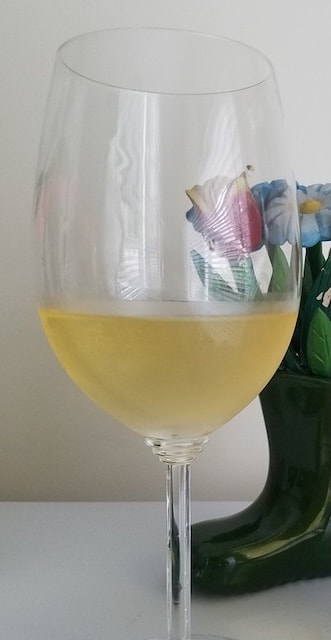
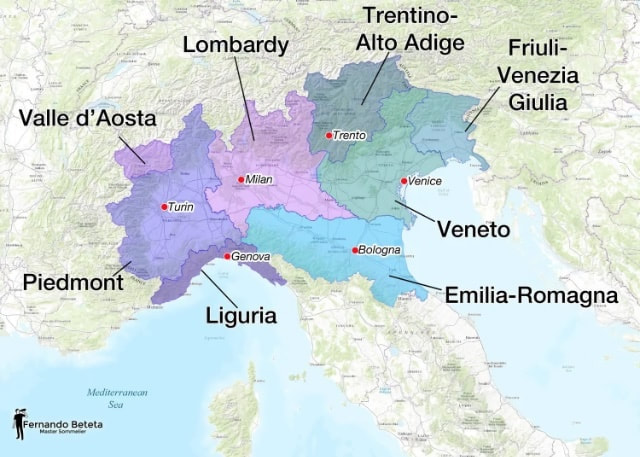
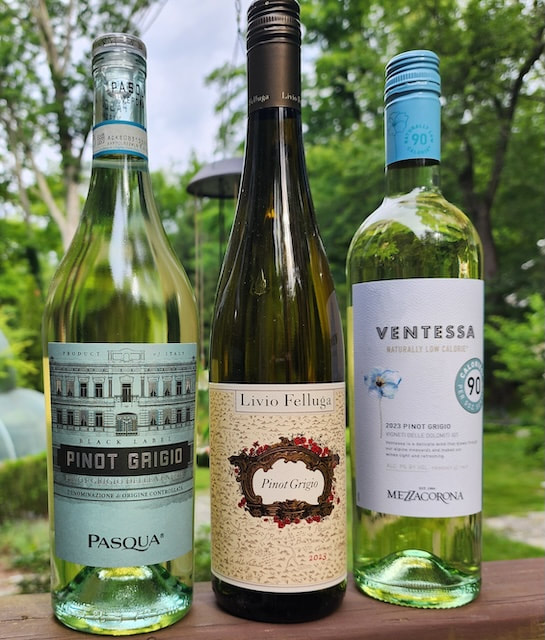
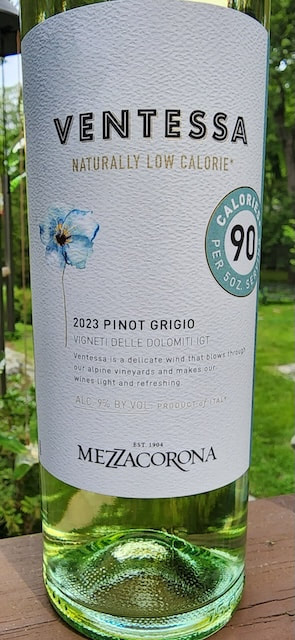
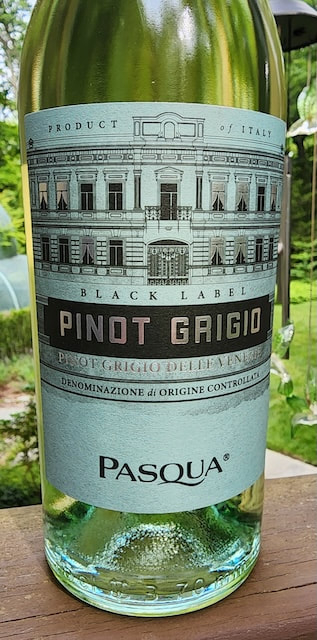
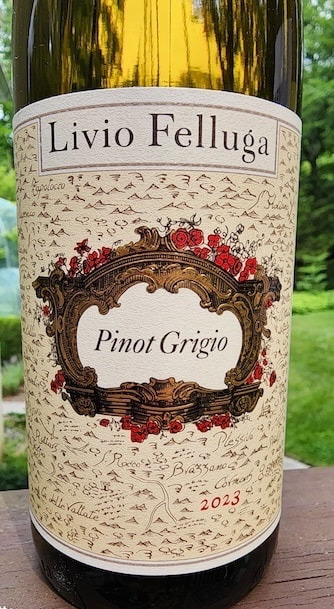
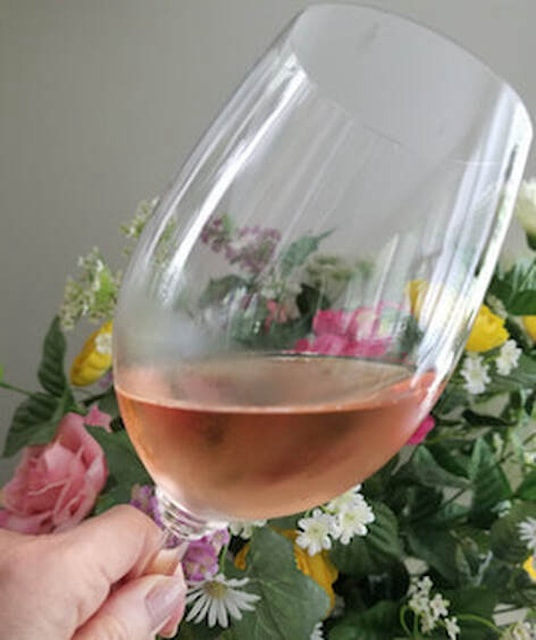
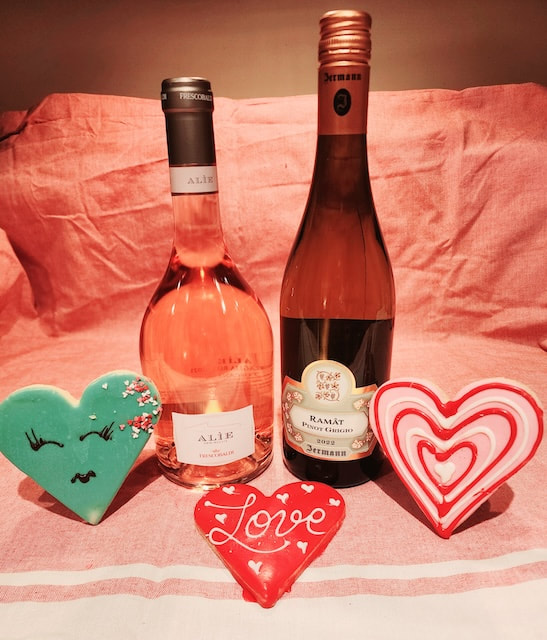
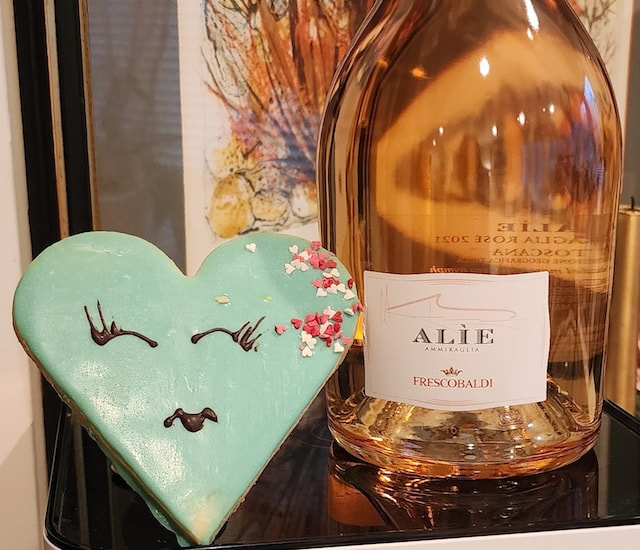
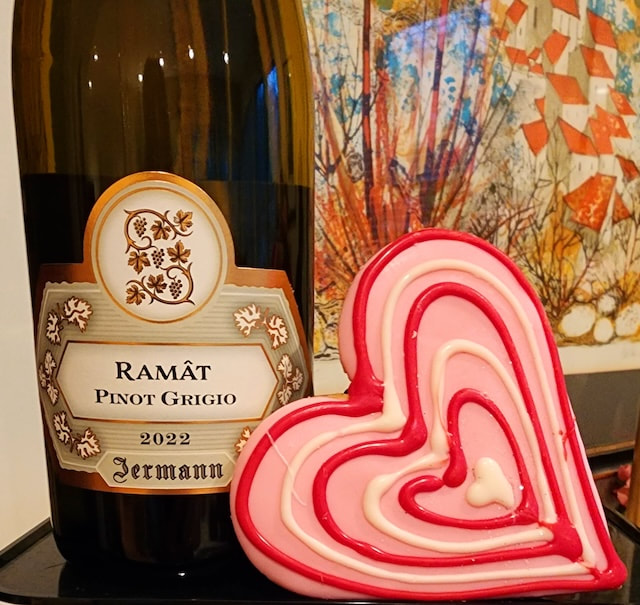
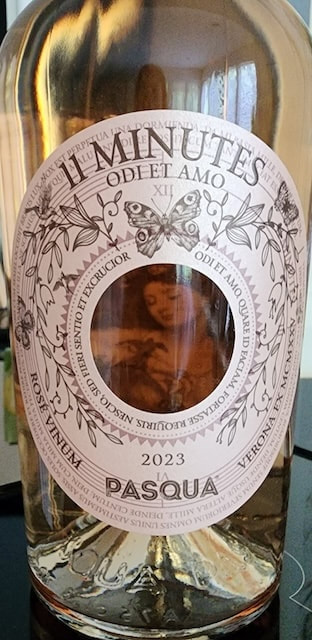
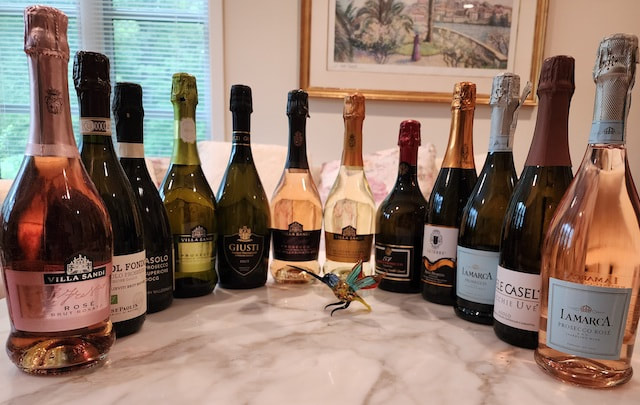
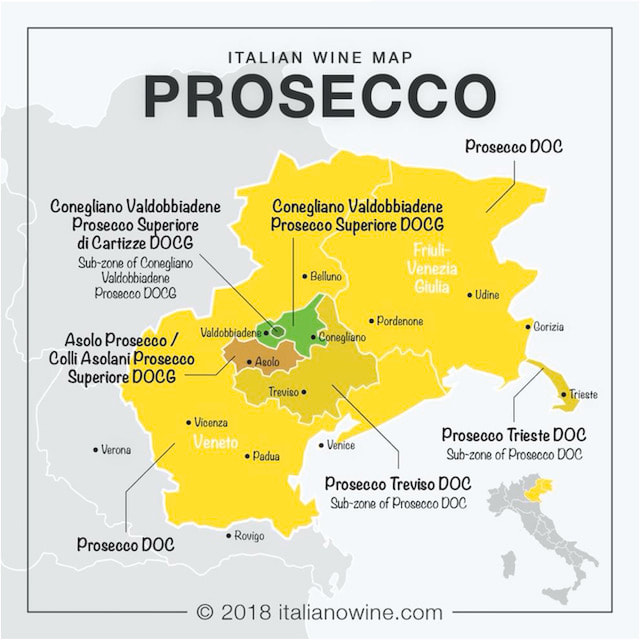
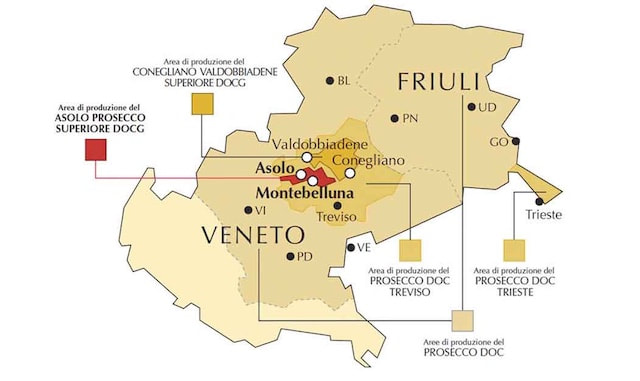
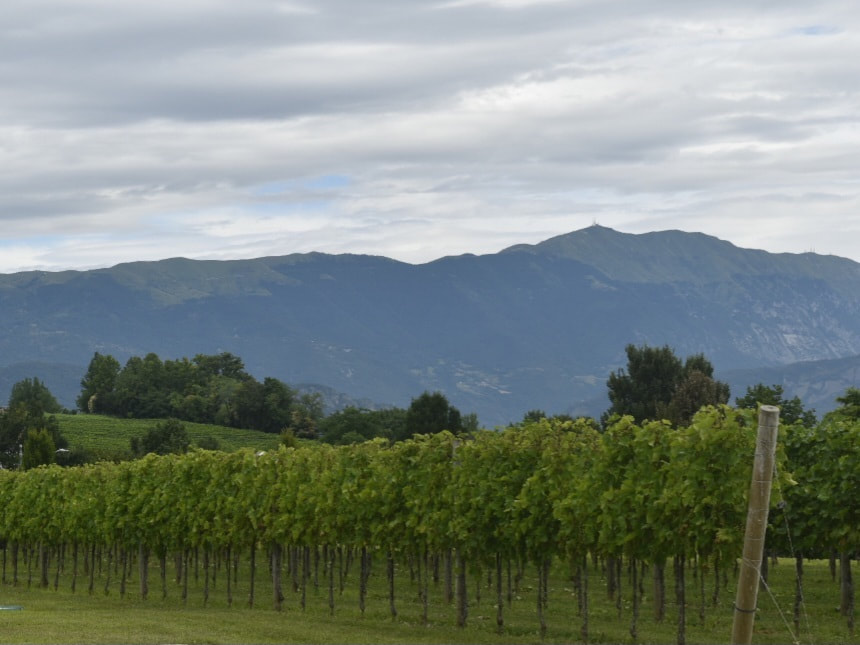
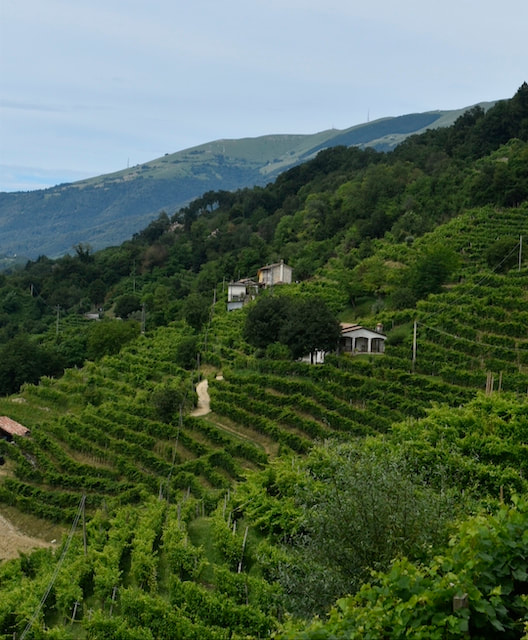
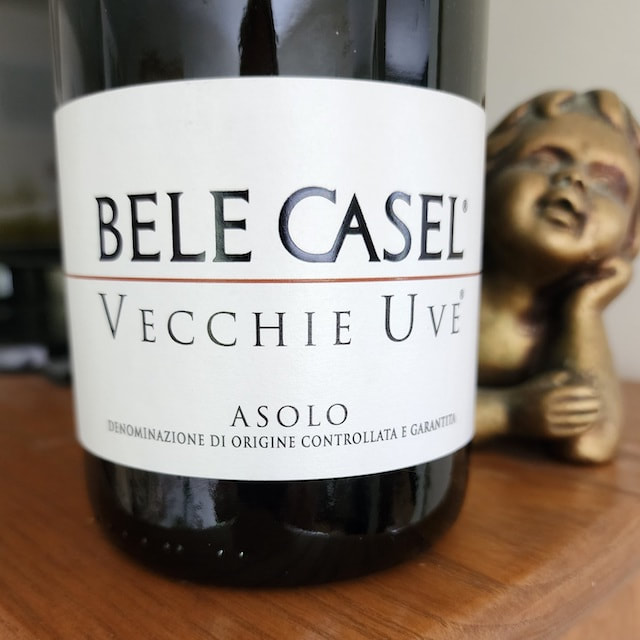
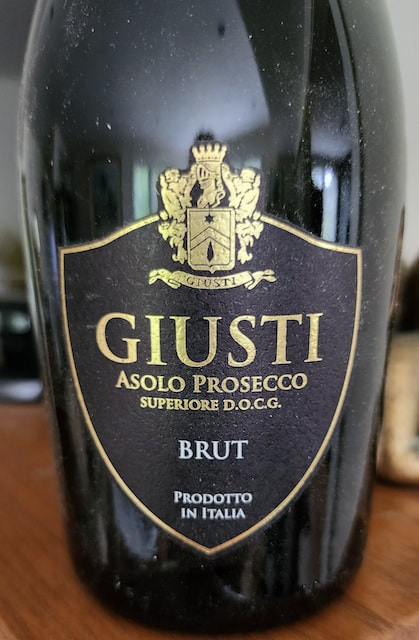
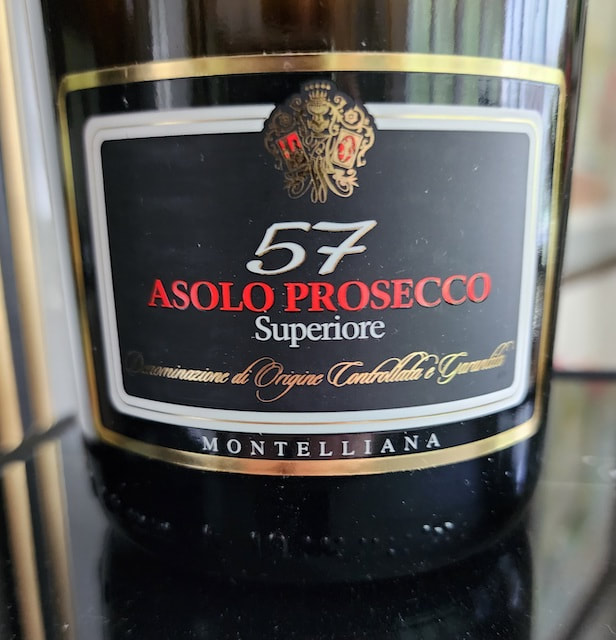
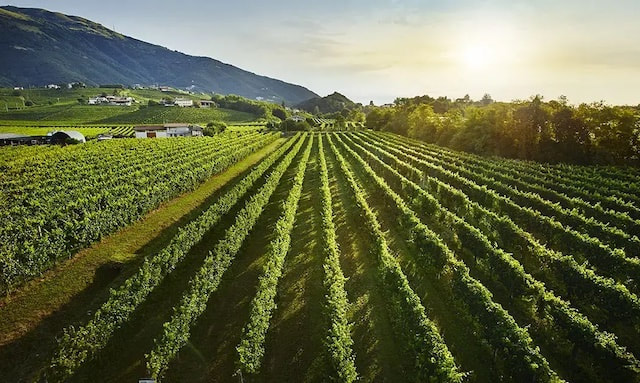
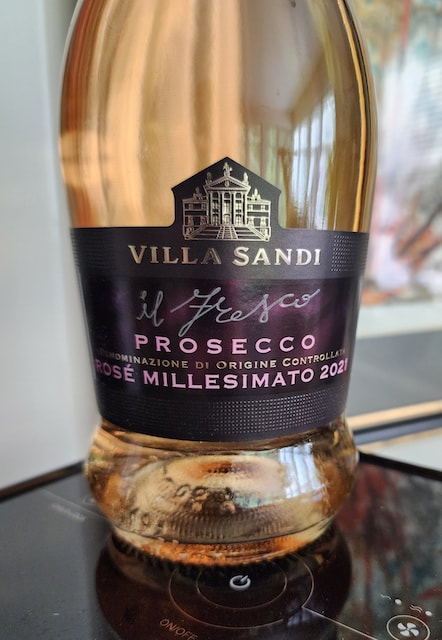
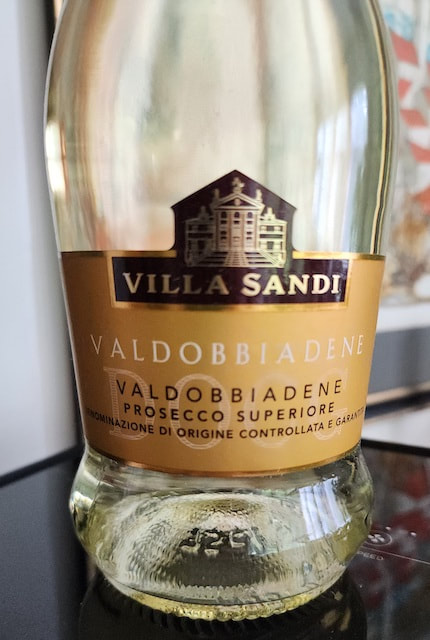
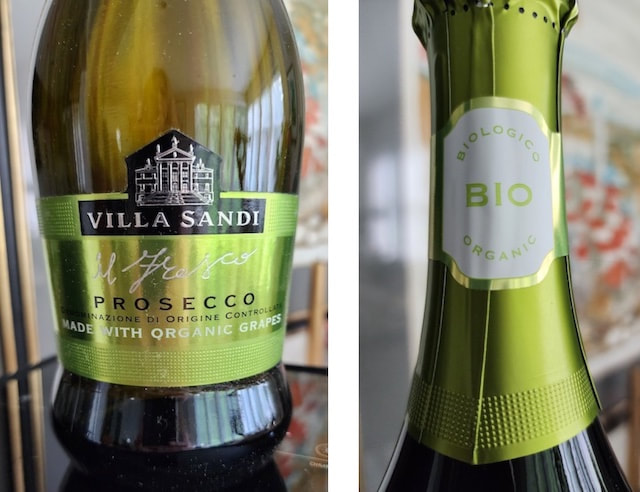
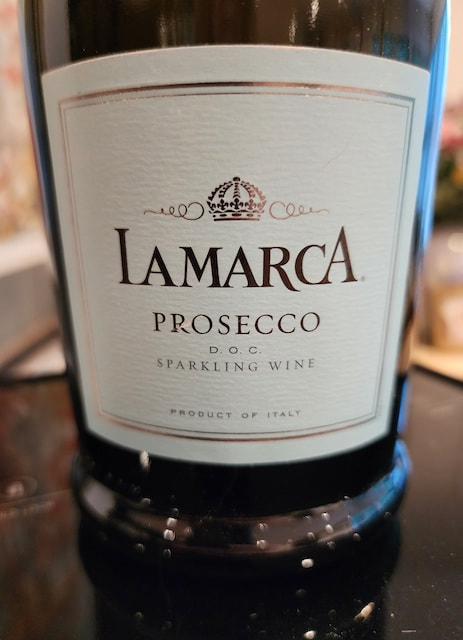
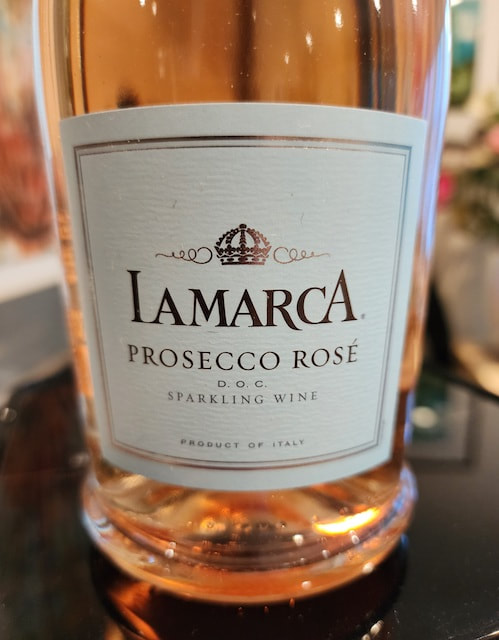
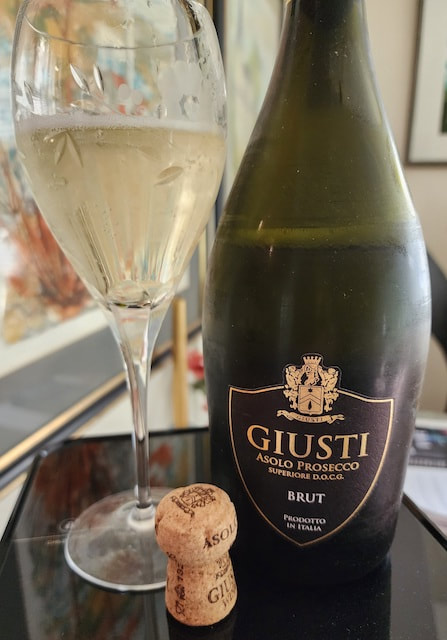
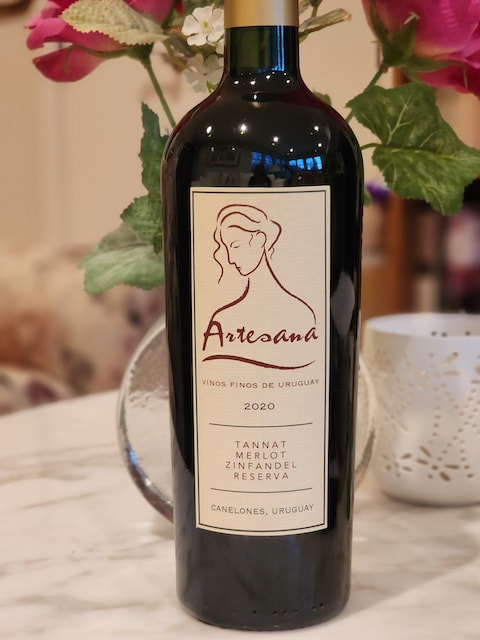
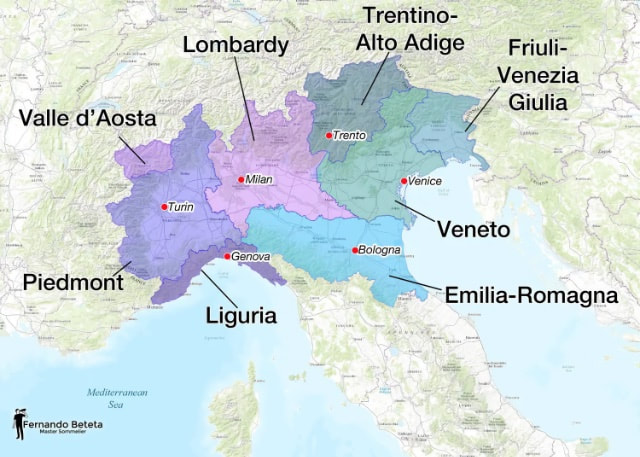
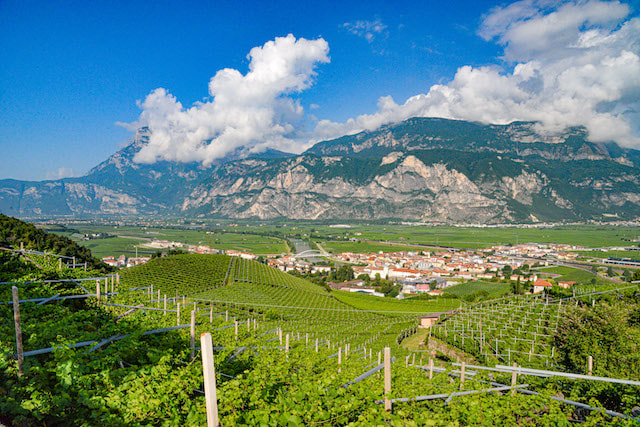
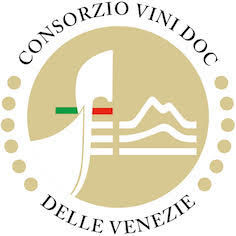
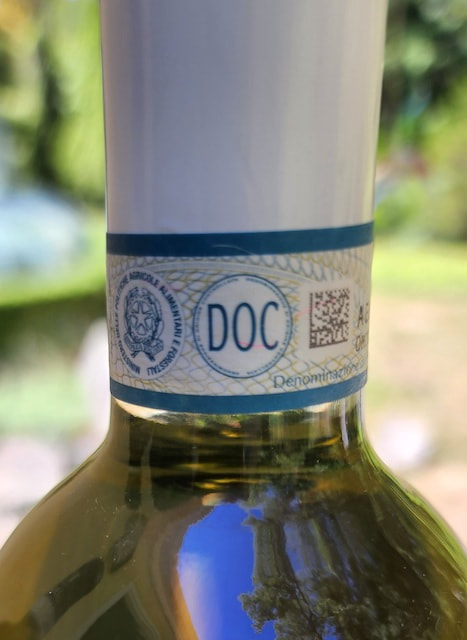
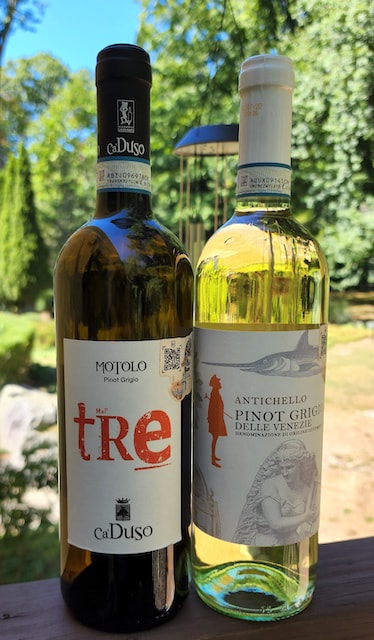
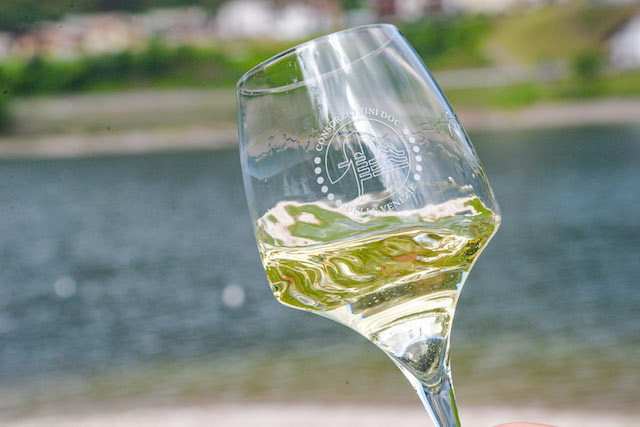

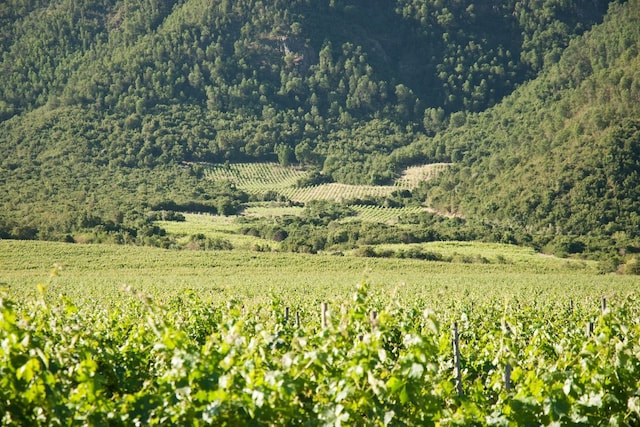
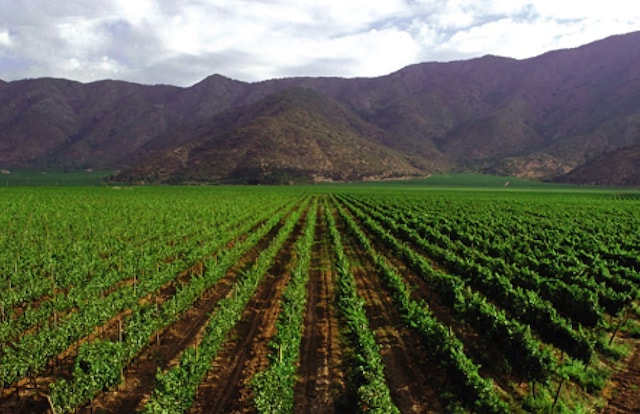
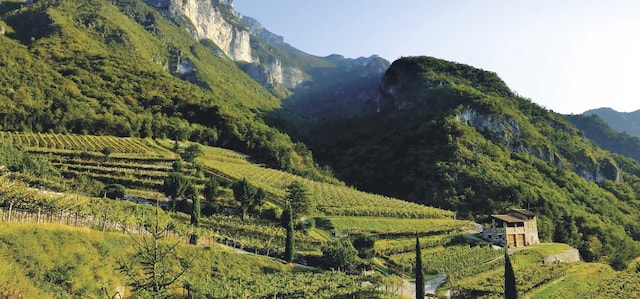

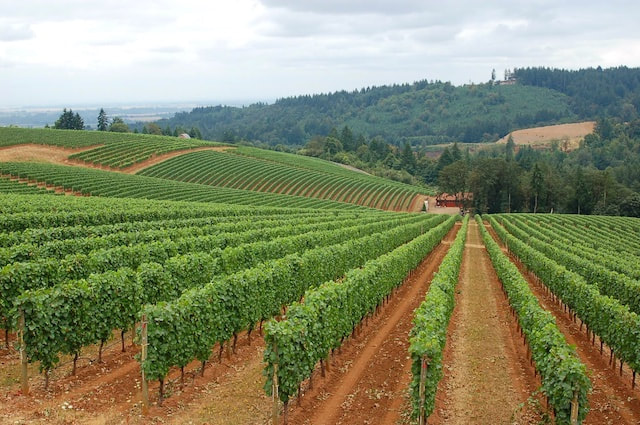
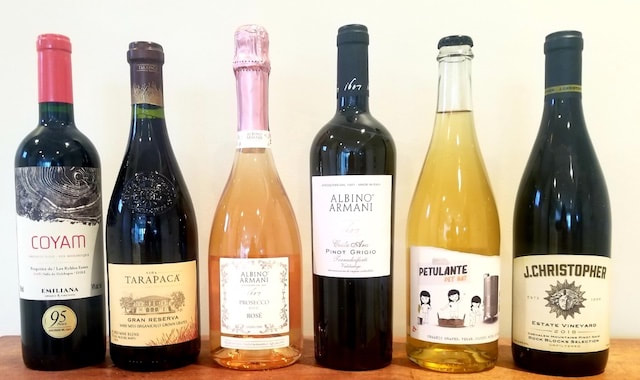
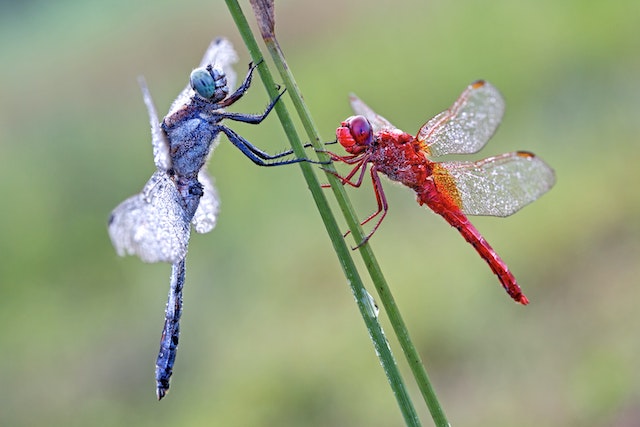
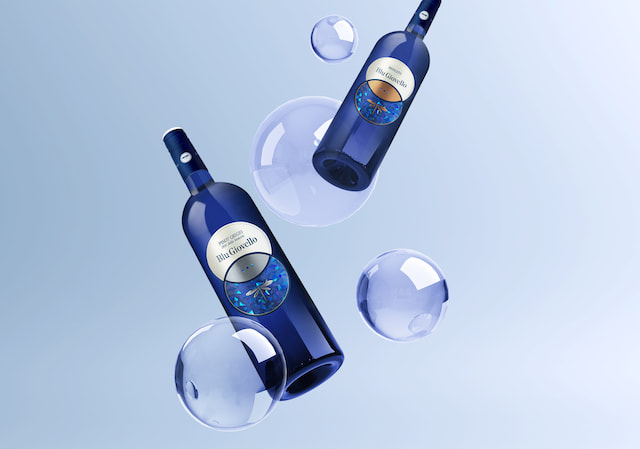
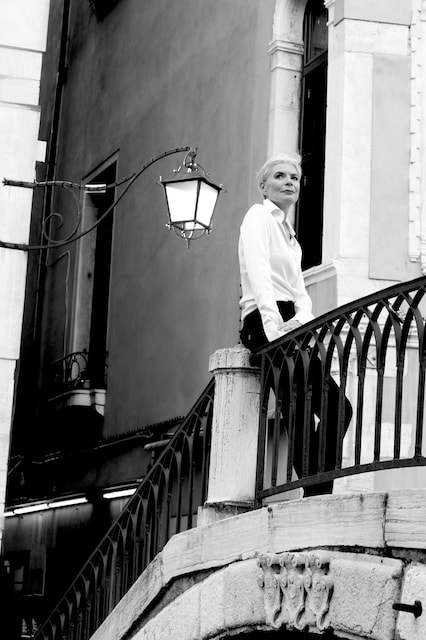
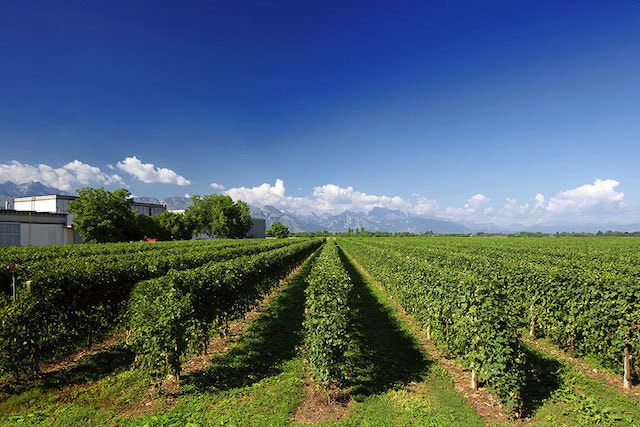
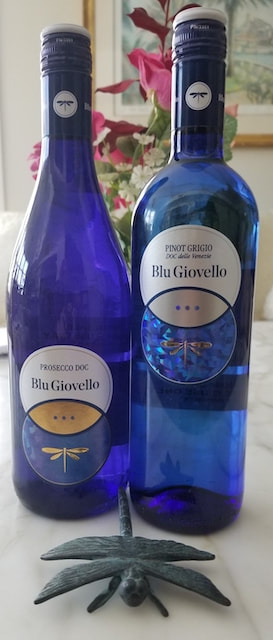
 RSS Feed
RSS Feed